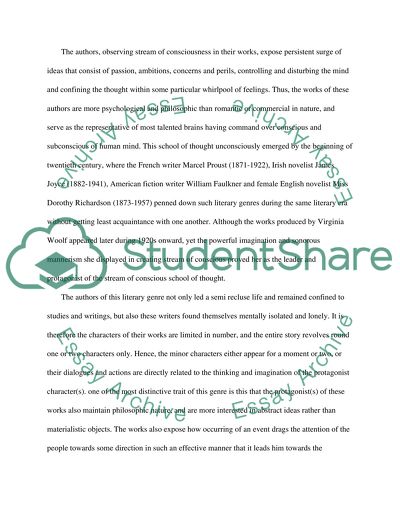Cite this document
(“Stream of Conscious Research Paper Example | Topics and Well Written Essays - 1250 words”, n.d.)
Retrieved from https://studentshare.org/psychology/1424389-stream-of-conscious
Retrieved from https://studentshare.org/psychology/1424389-stream-of-conscious
(Stream of Conscious Research Paper Example | Topics and Well Written Essays - 1250 Words)
https://studentshare.org/psychology/1424389-stream-of-conscious.
https://studentshare.org/psychology/1424389-stream-of-conscious.
“Stream of Conscious Research Paper Example | Topics and Well Written Essays - 1250 Words”, n.d. https://studentshare.org/psychology/1424389-stream-of-conscious.


